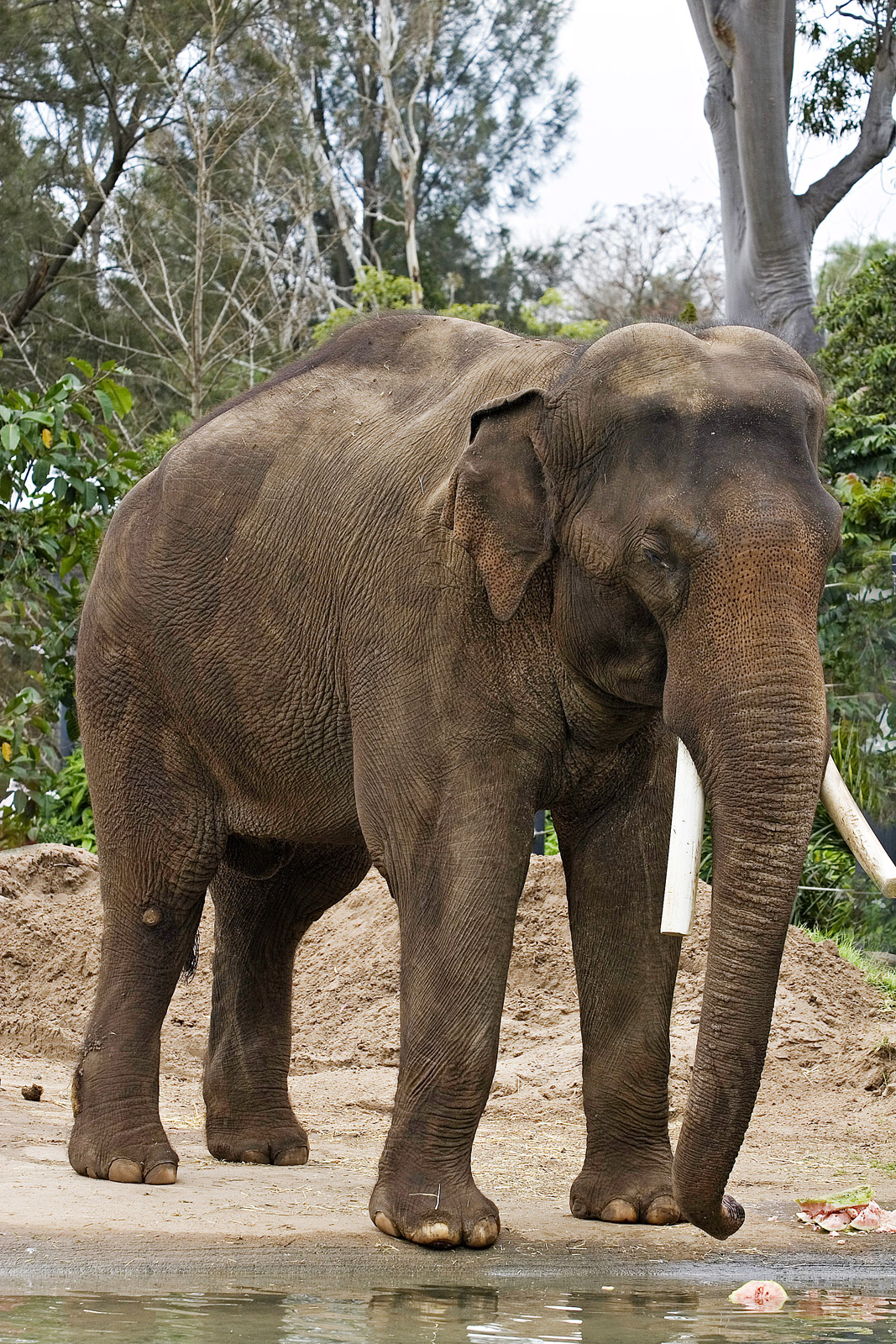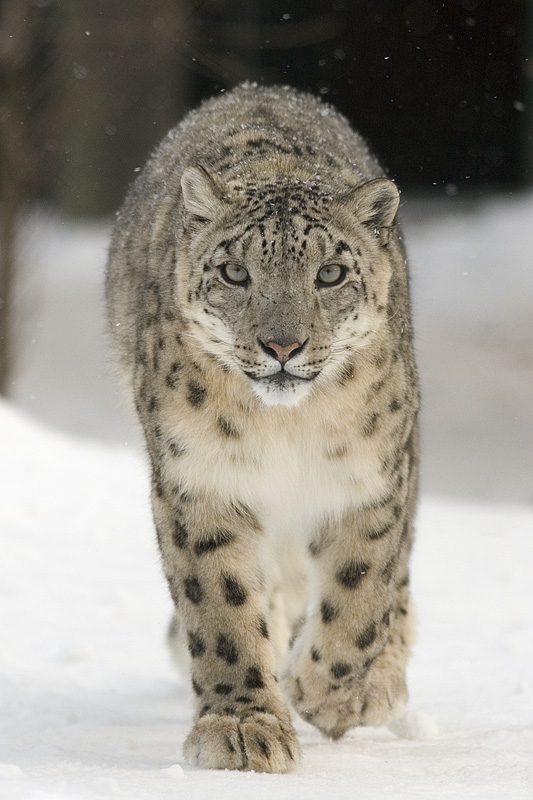|
Indian Pipistrelle
The Indian pipistrelle (''Pipistrellus coromandra'') is a species of bat in the family Vespertilionidae found in Afghanistan, Bangladesh, Bhutan, Cambodia, India, Myanmar, Nepal, Pakistan, Sri Lanka, Thailand, and Vietnam Vietnam or Viet Nam ( vi, Việt Nam, ), officially the Socialist Republic of Vietnam,., group="n" is a country in Southeast Asia, at the eastern edge of mainland Southeast Asia, with an area of and population of 96 million, making it .... References Pipistrellus Taxa named by John Edward Gray Mammals described in 1838 Bats of South Asia Bats of Southeast Asia Bats of India Mammals of Afghanistan Mammals of Pakistan Mammals of Nepal Mammals of Bhutan Mammals of Sri Lanka Mammals of Bangladesh Taxonomy articles created by Polbot {{Vespertilionidae-stub ... [...More Info...] [...Related Items...] OR: [Wikipedia] [Google] [Baidu] |
|
 |
John Edward Gray
John Edward Gray, Fellow of the Royal Society, FRS (12 February 1800 – 7 March 1875) was a British zoology, zoologist. He was the elder brother of zoologist George Robert Gray and son of the pharmacologist and botanist Samuel Frederick Gray (1766–1828). The same is used for a zoological name. Gray was Keeper of Zoology, keeper of zoology at the British Museum in London from 1840 until Christmas 1874, before the natural history holdings were split off to the Natural History Museum, London, Natural History Museum. He published several catalogues of the museum collections that included comprehensive discussions of animal groups and descriptions of new species. He improved the Zoological specimens, zoological collections to make them amongst the best in the world. Biography Gray was born in Walsall, but his family soon moved to London, where Gray studied medicine. He assisted his father in writing ''The Natural Arrangement of British Plants'' (1821). After being Blackballing, ... [...More Info...] [...Related Items...] OR: [Wikipedia] [Google] [Baidu] |
|
Pipistrellus
''Pipistrellus'' is a genus of bats in the family Vespertilionidae and subfamily Vespertilioninae. The name of the genus is derived from the Italian word , meaning "bat" (from Latin "bird of evening, bat"). The size of the genus has been considerably reduced as a result of work during the 1990s and 2000s, with genera such as ''Arielulus'', ''Hypsugo'', ''Falsistrellus'', ''Neoromicia'', ''Parastrellus'', ''Perimyotis'', ''Scotozous'', and ''Vespadelus'' being split off. Still, molecular evidence suggests the genus is not monophyletic. Several other genera in the subfamily Vespertilioninae have also been merged with ''Pipistrellus'' in previous classifications. Species in the genus may be referred to as "pipistrelles" or "pipistrelle bats", though these terms are also used for species now placed in other genera, such as the western pipistrelle (''Parastrellus hesperus'') and eastern pipistrelle (''Perimyotis subflavus'') of North America. Species of the southern hemisphere sepa ... [...More Info...] [...Related Items...] OR: [Wikipedia] [Google] [Baidu] |
|
 |
Mammals Of Sri Lanka
This is a list of the mammal species recorded in Sri Lanka, with their respective names in Sinhala also listed. There are 125 mammal species in Sri Lanka, of which one is critically endangered, ten are endangered, ten are vulnerable, and three are near threatened. The following tags are used to highlight each species' conservation status as assessed by the International Union for Conservation of Nature: Some species were assessed using an earlier set of criteria. Species assessed using this system have the following instead of near threatened and least concern categories: Mammalian diversity Order: Proboscidea (elephants) Order: Sirenia (manatees and dugongs) Sirenia is an order of fully aquatic, herbivorous mammals that inhabit rivers, estuaries, coastal marine waters, swamps, and marine wetlands. All four species are endangered. *Genus: '' Dugong'' ** Dugong, ''D. dugon'' මුහුදු ඌරා Order: Primates The order Primates contains humans and t ... [...More Info...] [...Related Items...] OR: [Wikipedia] [Google] [Baidu] |
|
Mammals Of Bhutan
Mammals () are a group of vertebrate animals constituting the class Mammalia (), characterized by the presence of mammary glands which in females produce milk for feeding (nursing) their young, a neocortex (a region of the brain), fur or hair, and three middle ear bones. These characteristics distinguish them from reptiles (including birds) from which they diverged in the Carboniferous, over 300 million years ago. Around 6,400 extant species of mammals have been described divided into 29 orders. The largest orders, in terms of number of species, are the rodents, bats, and Eulipotyphla (hedgehogs, moles, shrews, and others). The next three are the Primates (including humans, apes, monkeys, and others), the Artiodactyla (cetaceans and even-toed ungulates), and the Carnivora (cats, dogs, seals, and others). In terms of cladistics, which reflects evolutionary history, mammals are the only living members of the Synapsida (synapsids); this clade, together with Sa ... [...More Info...] [...Related Items...] OR: [Wikipedia] [Google] [Baidu] |
|
 |
Mammals Of Nepal
Wildlife diversity is a notable feature of Nepal. Because of the variance in climate, from tropical to arctic, Nepal has a large variety of plants and animals. Wildlife tourism is also a major source of tourism in the country. There are some animal species which are unique to Nepal, such as the spiny babbler. Nepal is also host to many rhododendron species. The wildlife of Nepal includes its flora and fauna. Nepal has established numerous national parks and reserves in order to protect its diverse fauna. Nepal is a biodiversity hot spot with ecoregions broadly comprising the mountainous ecoregion, the savanna and grasslands ecoregion of the terai (foothills), and the Rara Lake ecoregion, which has many endemic species. Legal protection Nepal has established numerous national parks and reserves in order to protect its diverse fauna ever since 1973, with the passing of the National Parks and Wildlife Conservation Act 2029 BS. There are four different "classes" of protection, rangi ... [...More Info...] [...Related Items...] OR: [Wikipedia] [Google] [Baidu] |
|
Mammals Of Pakistan
Mammals () are a group of vertebrate animals constituting the class Mammalia (), characterized by the presence of mammary glands which in females produce milk for feeding (nursing) their young, a neocortex (a region of the brain), fur or hair, and three middle ear bones. These characteristics distinguish them from reptiles (including birds) from which they diverged in the Carboniferous, over 300 million years ago. Around 6,400 extant species of mammals have been described divided into 29 orders. The largest orders, in terms of number of species, are the rodents, bats, and Eulipotyphla (hedgehogs, moles, shrews, and others). The next three are the Primates (including humans, apes, monkeys, and others), the Artiodactyla (cetaceans and even-toed ungulates), and the Carnivora (cats, dogs, seals, and others). In terms of cladistics, which reflects evolutionary history, mammals are the only living members of the Synapsida (synapsids); this clade, together with Sauropsida ... [...More Info...] [...Related Items...] OR: [Wikipedia] [Google] [Baidu] |
|
|
Mammals Of Afghanistan
This list of the mammal species in Afghanistan provides information about the status of the 129 mammal species occurring in Afghanistan. Four are endangered, twelve are vulnerable, and five are near threatened. The following classes, which lie on a spectrum of lowest to highest risk of extinction, are used to highlight each species' global conservation status as assessed on the IUCN Red List: Order: Artiodactyla (even-toed ungulates) ---- The even-toed ungulates are ungulates whose weight is borne about equally by the third and fourth toes, rather than mostly or entirely by the third as in perissodactyls. There are about 220 artiodactyl species, including many that are of great economic importance to humans. *Family: Bovidae (cattle, antelope, sheep, goats) **Subfamily: Antilopinae ***Genus: '' Gazella'' ****Chinkara, ''G. bennettii'' **** Goitered gazelle, ''G. subgutturosa'' **Subfamily: Caprinae ***Genus: '' Capra'' ****Wild goat, ''C. aegagrus'' presence uncertain **** Mar ... [...More Info...] [...Related Items...] OR: [Wikipedia] [Google] [Baidu] |
|
 |
Bats Of India
Bats are mammals of the order Chiroptera.''cheir'', "hand" and πτερόν''pteron'', "wing". With their forelimbs adapted as wings, they are the only mammals capable of true and sustained flight. Bats are more agile in flight than most birds, flying with their very long spread-out digits covered with a thin membrane or patagium. The smallest bat, and arguably the smallest extant mammal, is Kitti's hog-nosed bat, which is in length, across the wings and in mass. The largest bats are the flying foxes, with the giant golden-crowned flying fox, ''Acerodon jubatus'', reaching a weight of and having a wingspan of . The second largest order of mammals after rodents, bats comprise about 20% of all classified mammal species worldwide, with over 1,400 species. These were traditionally divided into two suborders: the largely fruit-eating megabats, and the echolocating microbats. But more recent evidence has supported dividing the order into Yinpterochiroptera and Yangochiropte ... [...More Info...] [...Related Items...] OR: [Wikipedia] [Google] [Baidu] |
 |
Mammals Described In 1838
Mammals () are a group of vertebrate animals constituting the class Mammalia (), characterized by the presence of mammary glands which in females produce milk for feeding (nursing) their young, a neocortex (a region of the brain), fur or hair, and three middle ear bones. These characteristics distinguish them from reptiles (including birds) from which they diverged in the Carboniferous, over 300 million years ago. Around 6,400 extant species of mammals have been described divided into 29 orders. The largest orders, in terms of number of species, are the rodents, bats, and Eulipotyphla ( hedgehogs, moles, shrews, and others). The next three are the Primates (including humans, apes, monkeys, and others), the Artiodactyla (cetaceans and even-toed ungulates), and the Carnivora ( cats, dogs, seals, and others). In terms of cladistics, which reflects evolutionary history, mammals are the only living members of the Synapsida (synapsids); this clade, tog ... [...More Info...] [...Related Items...] OR: [Wikipedia] [Google] [Baidu] |
 |
Taxa Named By John Edward Gray
In biology, a taxon (back-formation from ''taxonomy''; plural taxa) is a group of one or more populations of an organism or organisms seen by taxonomists to form a unit. Although neither is required, a taxon is usually known by a particular name and given a particular ranking, especially if and when it is accepted or becomes established. It is very common, however, for taxonomists to remain at odds over what belongs to a taxon and the criteria used for inclusion. If a taxon is given a formal scientific name, its use is then governed by one of the nomenclature codes specifying which scientific name is correct for a particular grouping. Initial attempts at classifying and ordering organisms (plants and animals) were set forth in Carl Linnaeus's system in ''Systema Naturae'', 10th edition (1758), as well as an unpublished work by Bernard and Antoine Laurent de Jussieu. The idea of a unit-based system of biological classification was first made widely available in 1805 in the in ... [...More Info...] [...Related Items...] OR: [Wikipedia] [Google] [Baidu] |